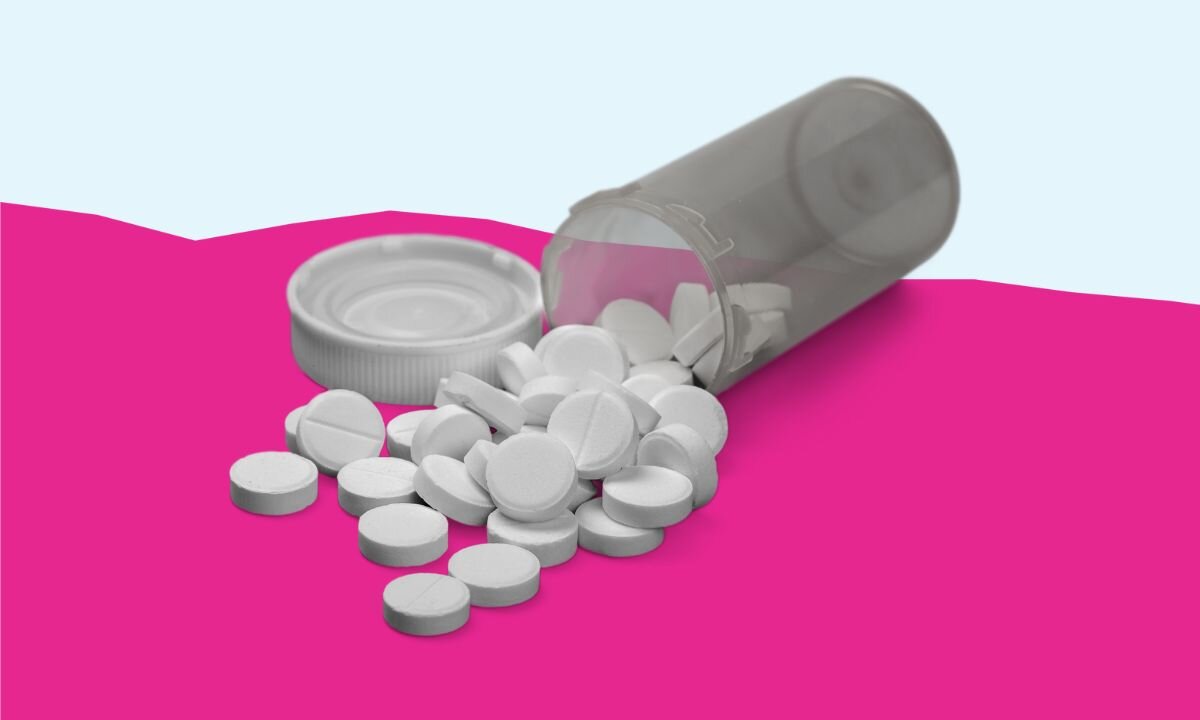The Centers for Disease Control and Prevention (CDC) distributes a biennial set of surveys to high school students to track behaviors that may lead to poor health. The most recent survey found teenagers are trying alcohol, certain drugs, and other substances less than they did a decade ago.
How has teen substance abuse changed?
The Youth Risk Behavior Surveillance System (YBRSS) showed that teen drug use has declined over the last few decades. The survey covers how substance use trends among teenagers changed from 1990 to 2021.
To study substance use among teens, the CDC analyzes alcohol, marijuana, vaping, illicit drugs, and the misuse of opioids. “Illicit drugs” include:
- Cocaine
- Inhalants
- Heroin
- Methamphetamines
- Hallucinogens
- Ecstasy
How many teens drink alcohol?
In 2021, 22.7% of teenagers reported drinking alcohol at least once during the 30 days before the YRBS survey — 26.8% of female students and 18.8% of male students. In 2011, these numbers were 37.9% for girls and 39.5% for boys.
In 2001, 45.0% of girls and 49.2% of boys reported using alcohol. By 2019, 31.9% and 26.4% did.
Ten-and-a-half percent of high school students reported binge drinking (defined by the CDC as four or more drinks of alcohol in a row for females or five or more drinks for males) at least once within 30 days of taking the survey. Comparatively, 15.3% of US adults reported binge drinking in 2021.
How many teens use marijuana?
About a quarter of high school students – at 27.9% – tried marijuana in 2021. Teen girls reported trying it at 30.9%, compared to 24.8% of boys. But the reverse was true in 2011, with 42.5% of teen boys trying it compared to 37.2% of girls.
How many teens vape?
The CDC started tracking teen vaping trends in 2015. Rates were highest in 2019, with 50.1% of teens trying vaping (50.7% of girls and 49.6% of boys).
By 2021, 36.5% of teens had ever tried vaping: 40.9% of girls and 32.1% of boys.
According to the US Surgeon General, e-cigarettes have been the most popular tobacco product among the nation’s youth since 2014. Most of these products contain nicotine, which has been shown to increase risk for future drug use and addiction.
Teen girls and boys tried vape products at similar rates up until recently. By 2021, female lifetime usage exceeded males by nearly 9 percentage points. As vaping has risen in popularity with teens, cigarette smoking – which peaked in the 1990s – has dropped. By 2021, 17.7% of girls and 17.8% of boys reported having ever smoked cigarettes.
Are more teens trying illicit drugs?
In 2001, 26.5% of teens had tried illicit drugs. By 2021, that had fallen to 13.4%.
The percentage of high school boys trying these drugs continues to decline.
In 2001, 25.1% of girls and 28% of boys ever tried them. That dropped by 2009, with female and male students at 18.5% and 18.6%, respectively. By 2019, the numbers had dropped again to 12.4% of girls and 13.2% of boys. It rose slightly for girls by the 2021 survey (14.5%) while continuing to drop for boys (12.2%).
Are more teens misusing prescription opioids?
The misuse of prescription painkillers, including codeine, Vicodin, OxyContin, Hydrocodone, and Percocet, is an ongoing issue despite medical efforts to curb overprescription.
In 2021, 12.2% of high schoolers reported ever using any one of these drugs without a doctor’s prescription or differently than they were supposed to.
More teenage girls misuse prescription opioids than boys, which the YRBS began tracking in 2017. This gap is widening; in 2021, 14.8% of girls had ever misused prescriptions compared to 9.5% of boys. In 2017, the numbers were 14.4% for girls and 13.4% for boys.
For LGBQ+ students, 20% had ever misused painkillers in 2021, which is double the percentage of heterosexual students.
Are teens getting treatment for drug and alcohol abuse?
Fewer teens have been admitted into recovery treatment centers for substance abuse over the past decade. In 2011, 177,916 teens ages 12 to 18 were admitted into a treatment facility, according to data from the Department of Health and Human Services. By 2020, admissions fell to 44,290.
How can parents and schools help teens using drugs and alcohol?
With mental health issues rising, the CDC provides a list of risk factors for high-risk substance use among teens.
These include:
- a family history of substance abuse
- favorable parental attitudes towards the behavior
- poor parental monitoring
- family rejection of sexual orientation or gender identity
- association with peers who use substances
- low academic achievement
- a history of traumatic events
- mental health issues
According to the Substance Abuse and Mental Health Services Administration, mood changes, poor school attendance, and a disregard for rules may be additional warning signs.
If you or someone you know is struggling with substance abuse, call the SAMHSA National Helpline, 1-800- 662-HELP (4357), a free, confidential, 24/7, year-round treatment referral and information service for individuals and families facing mental and/or substance use disorders.
Get more data on binge drinking in the US, the fentanyl epidemic, and get data directly in your inbox with our weekly newsletter.
Related population articles
Read data analyses written by the USAFacts team.
Page sources and methodology
All of the data on the page was sourced directly from government agencies. The analysis and final review was performed by USAFacts.
Centers for Disease Control and Prevention
Youth Risk Behavior Survey
Department of Health and Human Services
Substance Abuse and Mental Health Services Administration



